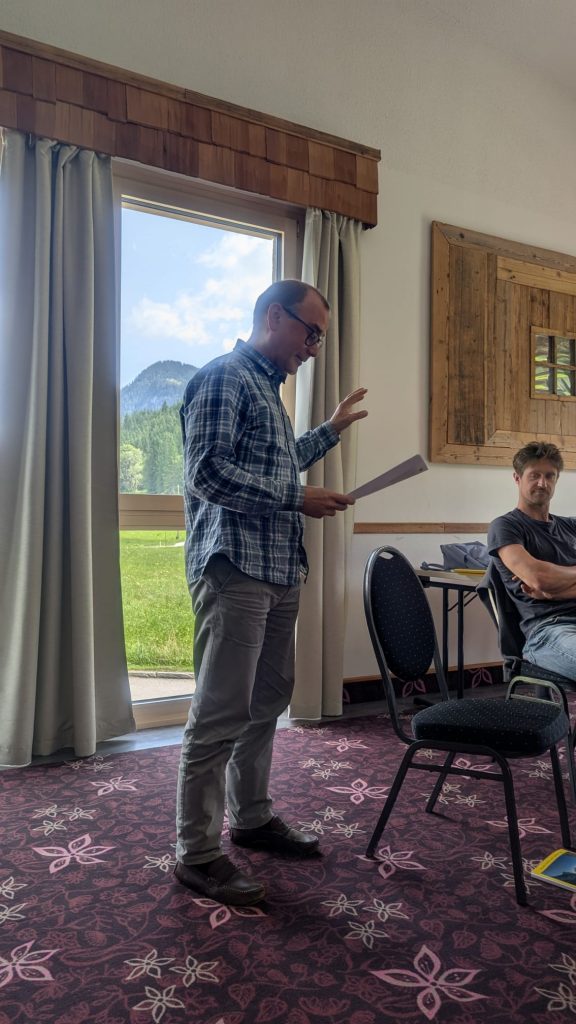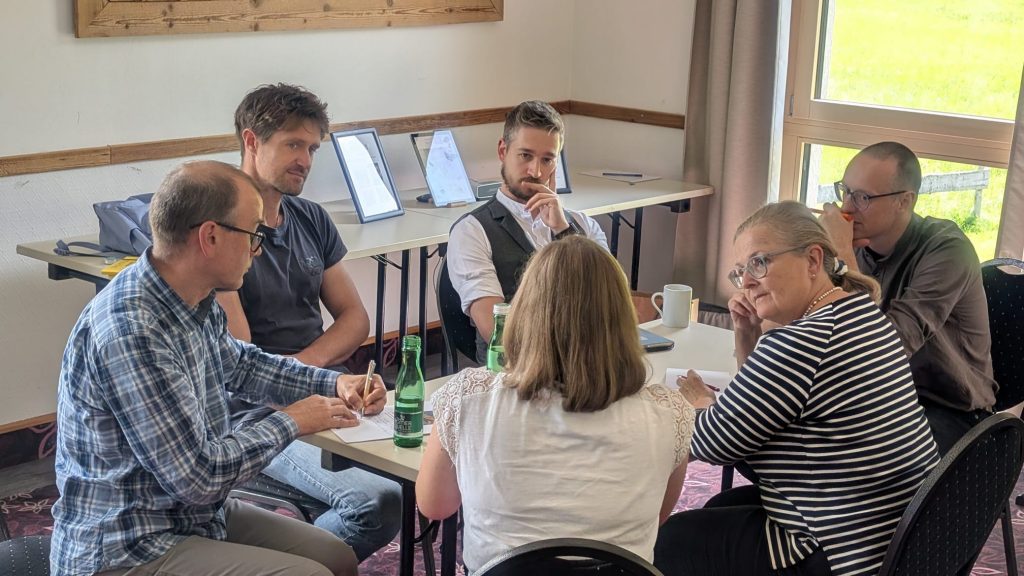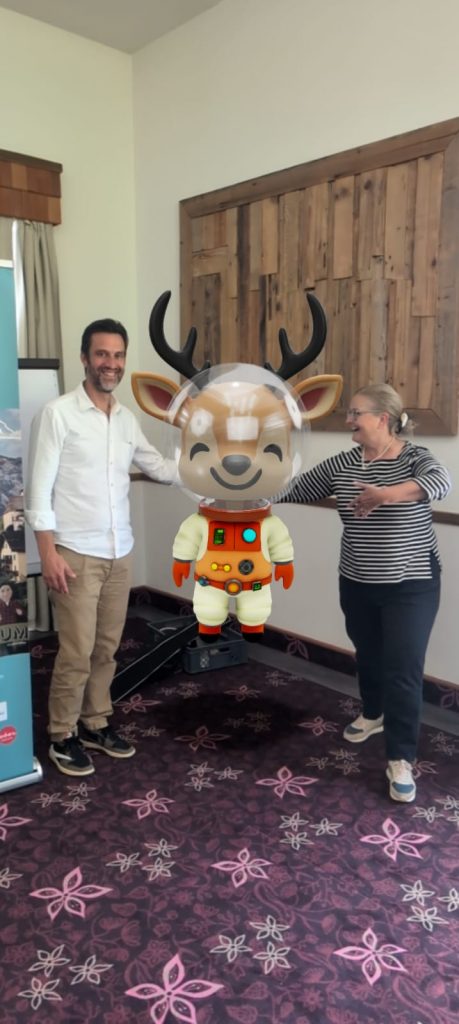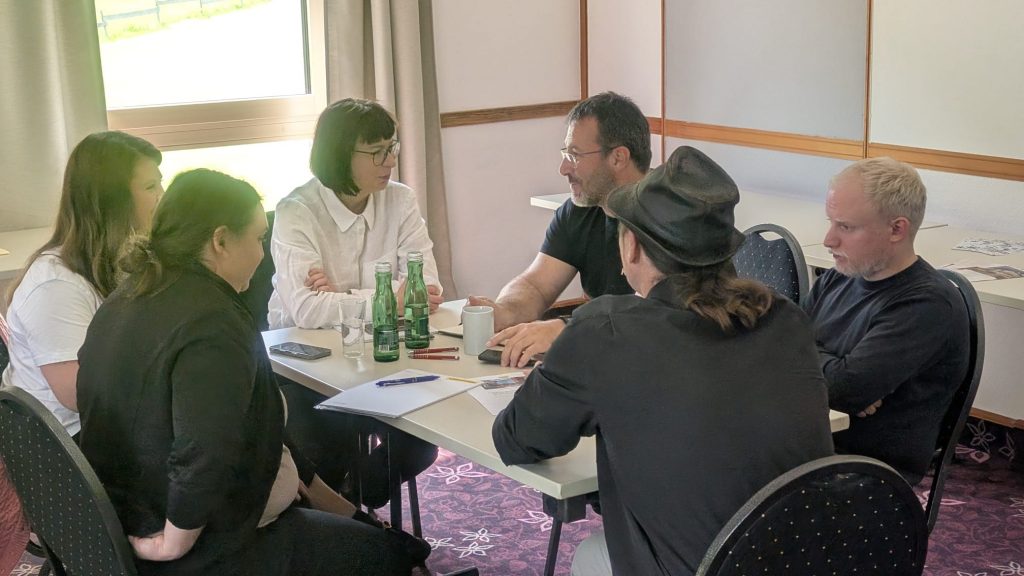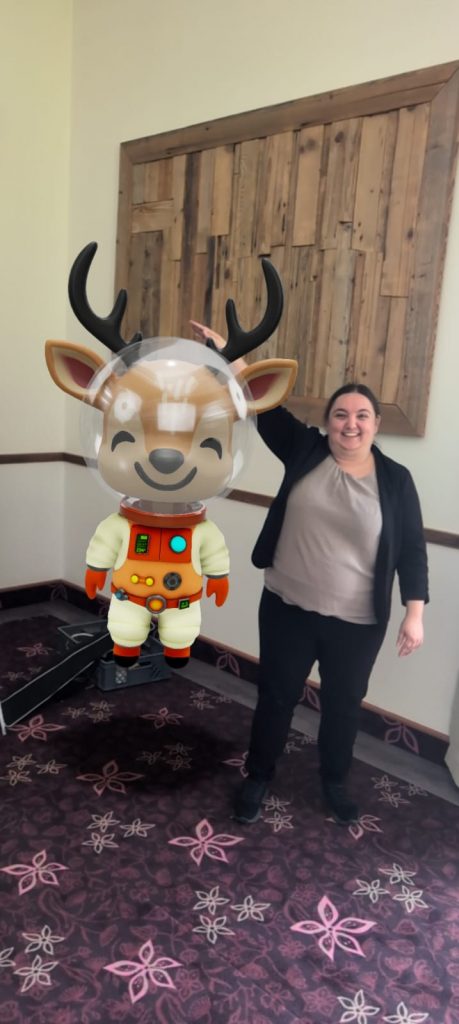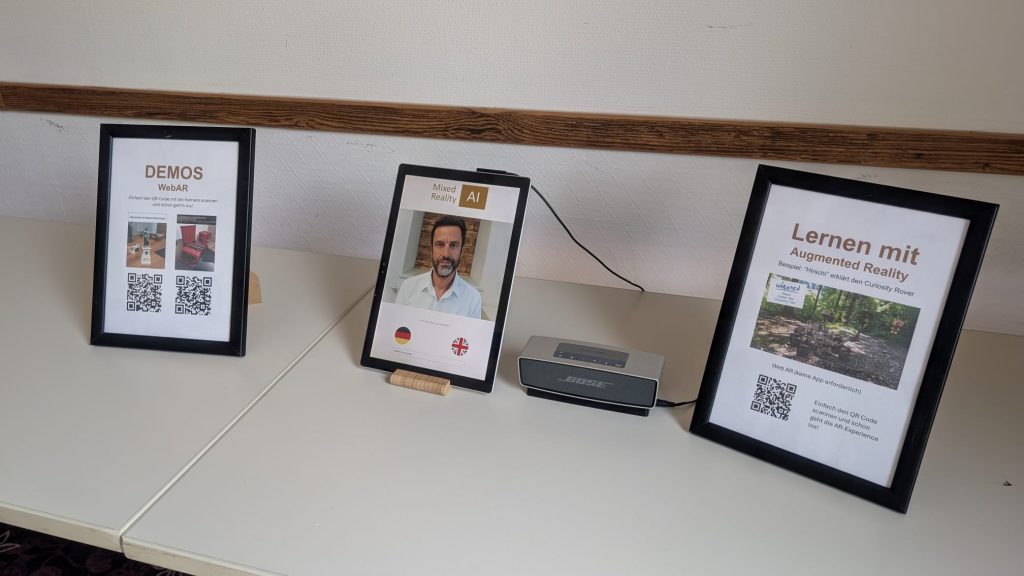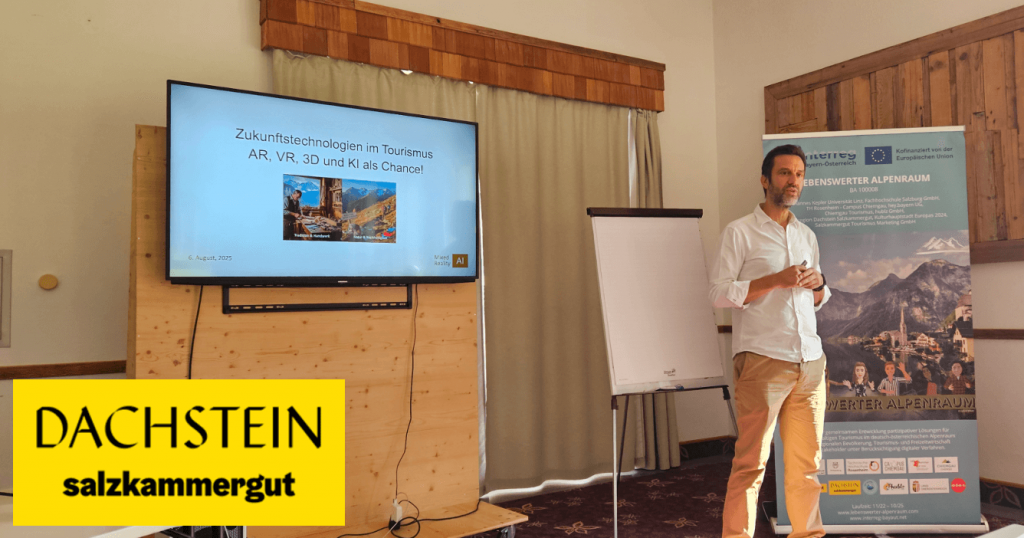
(The press release and original article in German can be found here)
Workshop Summary: Expanding Experiences with Augmented Reality in the Inner Salzkammergut
On August 6, 2025, a workshop was held as part of the INTERREG project “Livability in the Alpine Region” to explore the potential of modern technologies for tourism. The event, titled “Expanding Experiences – Augmented Reality in the Inner Salzkammergut,” aimed to develop specific application ideas for the Dachstein-Salzkammergut region.
Introduction to Conversational AI, Mixed Reality, and 3D Technologies
Led by Andy Gstoll, an expert in the international technology field, the workshop began with an introduction to the fundamental differences between Augmented Reality (AR), Mixed Reality (MR), and Virtual Reality (VR). Mr. Gstoll presented the latest technical developments, including examples like IKEA’s AR furniture preview and the new Meta AI Glasses by Ray-Ban, which demonstrate how these technologies are becoming more suitable for everyday use. While AR has been primarily used in industrial sectors, it is expected to enter the tourism industry more prominently in the coming years due to investments from major technology companies.
Inspiring Applications and Best Practices
The presentation highlighted various ways AR is already being used in tourism. Some of the examples included:
- AI-based avatars in tourist information centers that can answer questions in multiple languages and provide service outside of business hours.
- Historical re-enactments where figures or paintings are “brought to life” using video overlays.
- 3D scanning of objects and monuments for interactive web presentations.
- Virtual experiences for restricted or hard-to-access locations.
- Barrier-free applications using AR glasses to provide guidance and information to visually impaired individuals.
The workshop also discussed the choice between web applications and dedicated apps, noting that while web-based AR is easier to access, apps are often more powerful. Best-practice examples were presented, such as the TUI-AR tour in Palma de Mallorca and the Bad Ischl AR-app. Another example was the Kärnten Werbung tour on Gerlitzen Alpe, which uses a QR-code-based AR tour with a mascot to teach astronomical concepts while keeping the focus on the natural experience.
Opportunities and Challenges
A key part of the workshop was the discussion on the economic, social, and communication aspects of AR in tourism. The main opportunities identified were:
- Visitor management.
- Inclusion and accessibility.
- New storytelling formats and emotional engagement.
- Reaching new target groups.
The challenges discussed included high development costs, uncertainty about usage intensity, the need for targeted marketing, and technical implementation decisions. A central theme was the importance of using these technologies to complement existing offerings rather than replace them, with the focus always on the story being told and the target audience.
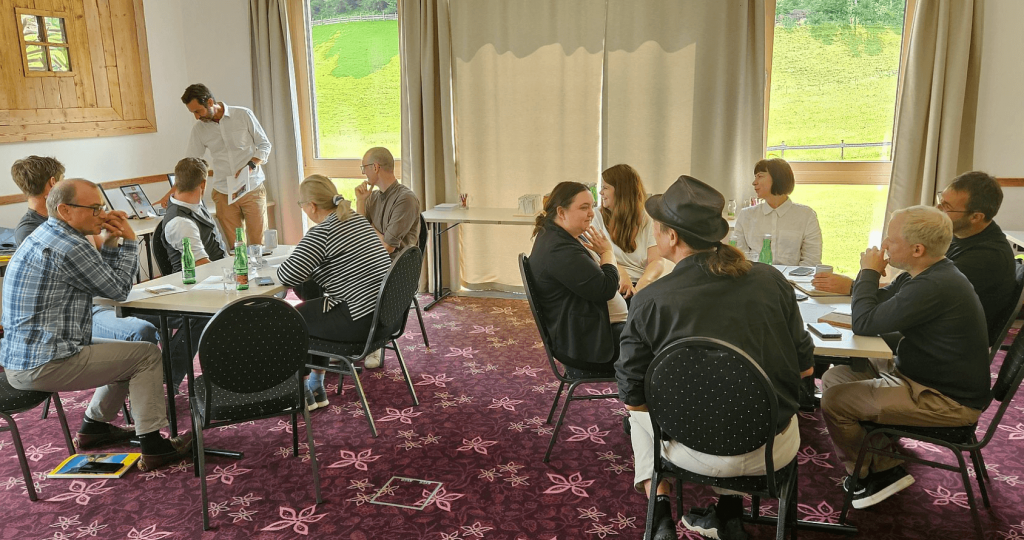
Group Work and Conclusion
Participants worked in groups to develop two concrete AR project ideas. The first focused on “Tradition & Craftsmanship” to enhance the Hand.Werk.Haus in Bad Goisern with AR elements that bring processes and people to life. The second group focused on “Nature & Sustainability,” proposing AR scenarios along hiking trails that playfully inform visitors about environmental protection and alpine dangers.
In conclusion, the workshop effectively demonstrated that AR, VR, 3D, and AI can enrich the tourist experience and attract new visitors. When used correctly, these technologies offer valuable opportunities for sustainable visitor management, accessibility, and cultural storytelling, providing a foundation for future tourism development in the region and beyond.
More pictures from the workshop
